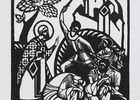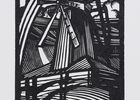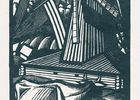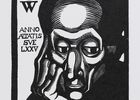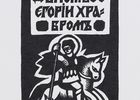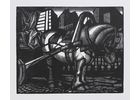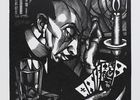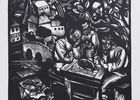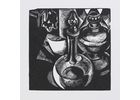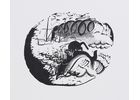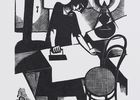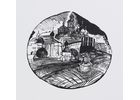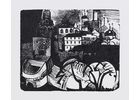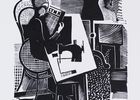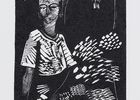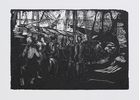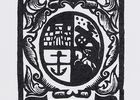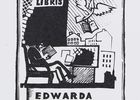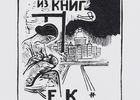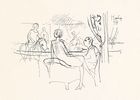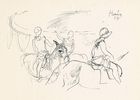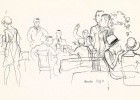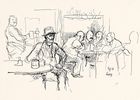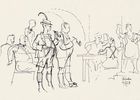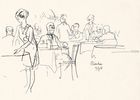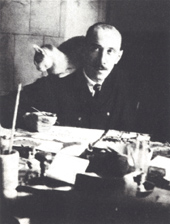
Graphic
artist, book illustrator.
He
received his artistic education at the studios of the St. Petersburg Academy of
Fine Arts (1912-1917) where he was taught by Dmitry Kardovsky, Elizaveta
Zvantseva, Kuzma Petrov-Vodkin. He learned the art of engraving from Anna
Ostroumova-Lebedeva, also studied at Princess Maria Tenisheva’s commercial
school (graduated in 1912) and the Law Department of the St. Petersburg
University (1912-1916), was a member of the Novaya
shkola [“New School”] artists circle (from 1917), of OST and Chetyre iskusstva [“Four Arts”]
associations (from 1925), of the Graphic Artists Association Bureau with the Press House in Moscow (from
1926). He taught at the former school of the Society for the Encouragement of Artists (1919), managed the graphic studio at
the Petrograd State Free Arts Studios, taught at the Higher Institute of
Photography (1920s), and was professor of the Higher Art and Technical Studios (VHUTEMAS) (1922-1930)
and the Moscow Institute of Graphic Arts (1930-1933). During the first half of the
1920s, Kupreyanov worked in book and magazine graphics, created illustrations
to Medvezhiya svadba [“Bear’s
Wedding”] by Anatoly Lunacharsky (1924), Skazka
o Pete, tolstom rebionke, i o Sime, kotory tonki [“The Tale of Pete, a Fat
Kid, and Seme, Who was Slim”] by Vladimir Mayakovsky (1925), Spor mezhdu domami [“Argument between
Houses”] by Nikolay Agnivtsev (1925), “The Artamonov Business” and “The Mother”
by Maxim Gorky (1931), “The Rout” by Alexander Fadeev (1932).
He collaborated with the Bezbozhnik [“Infidel”] Krokodil [“Crocodile”], Pioner [“Pioneer”] and Krasny perets [“Red Pepper”] magazines, participated in many group and one-man exhibitions: “Russian Book Plate in Graphic Art” (St. Petersburg, 1925), International Exhibition of Modern Decorative and Industrial Arts (Paris,1925), “10 Years of Prints in the USSR” (Moscow, 1927), Exhibition of Modern Art in Soviet Russia (New York, 1929), one-man exhibitions in Moscow (1933-1934, posthumous). He was one of the main artists who worked in xylography, he also taught lithography.


